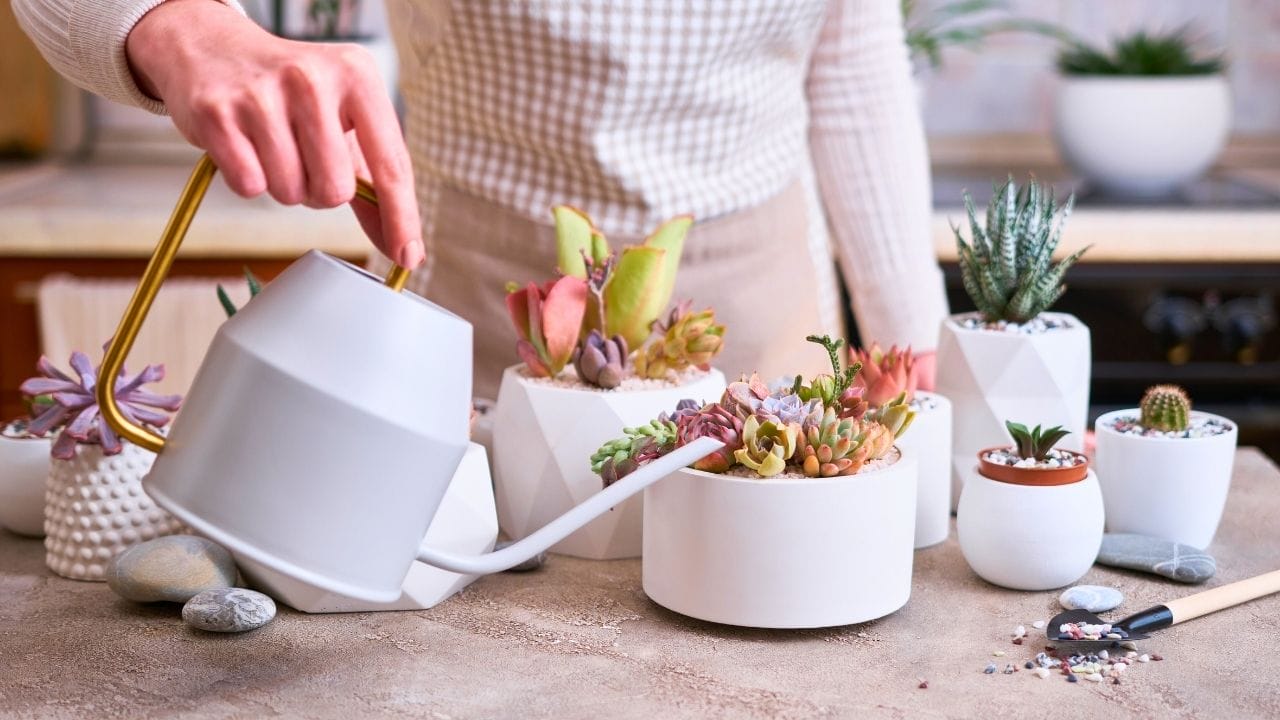you want the clean look of a sealed pot. understood. but let’s start honest: planting succulents in containers without drainage is a high-risk move. the professional consensus is clear.
horticulturists, soil scientists, serious growers all say the same thing: don’t. a succulent can survive for a while in a sealed pot, but it won’t thrive. the physics and the biology are stacked against you.
I will explain the science, crush the myths, and, if you still choose to do it, give you the tightest, most precise protocol possible. use it for short-term displays or if you’re ready to babysit the plant like a lab tech.
if you want a healthy, low-maintenance succulent arrangement long term, use drainage. period.
the two enemies you can’t outrun
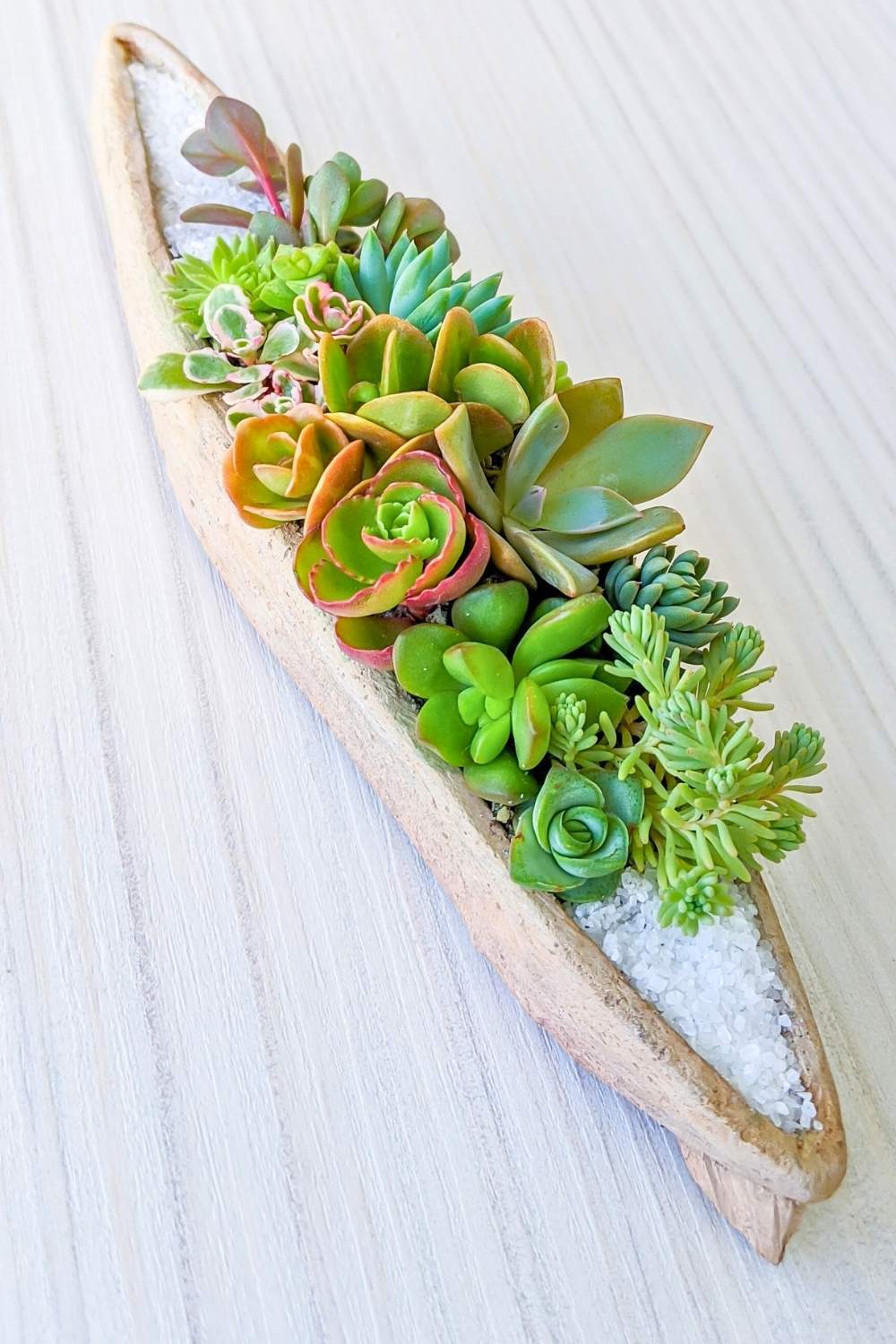
1. chronic anaerobic zones
sealed pots create an oxygen-starved layer at the bottom. roots suffocate there. fungi and bacteria throw a party. hello root rot.
2. mineral salt buildup
no drain means no flush. every watering adds dissolved minerals from tap water and fertilizer. salts concentrate over time, chemically burning roots and blocking water uptake. looks like thirst, gets watered more, spirals worse.
these two problems team up. salt-stressed roots drink poorly, so water lingers. lingering water feeds rot. rot reduces uptake further. the cycle tightens until the plant folds.
soil physics 101: the perched water table (pwt)
potted soil does not behave like ground soil. after watering, every pot holds a perched water table at the bottom: a fully saturated layer that remains even after “draining.”
why it forms
- gravity tries to pull water down.
- capillary action (adhesion + cohesion) pulls water sideways and up through tiny pores.
- the pwt sits at the height where those forces balance. below that line, soil stays waterlogged and airless.
crucial detail
- pwt height is set by particle size, not pot size. finer mixes with tiny pores hold a taller pwt. coarser, grittier mixes hold a shorter one. put the same soil in five different pots and the pwt height is identical in all five.
why tall pots help
same soil, 3 inches of pwt:
- in a 12-inch pot, you get 9 inches of aerated soil above the swamp.
- in a 6-inch pot, you get 3 inches of usable soil. half your pot is a dead zone.
and even if roots sit above the pwt, that saturated layer still blocks gas exchange from below. oxygen struggles to diffuse upward through the column. the whole root zone runs low on air. stress creeps in everywhere.
the “drainage layer” myth
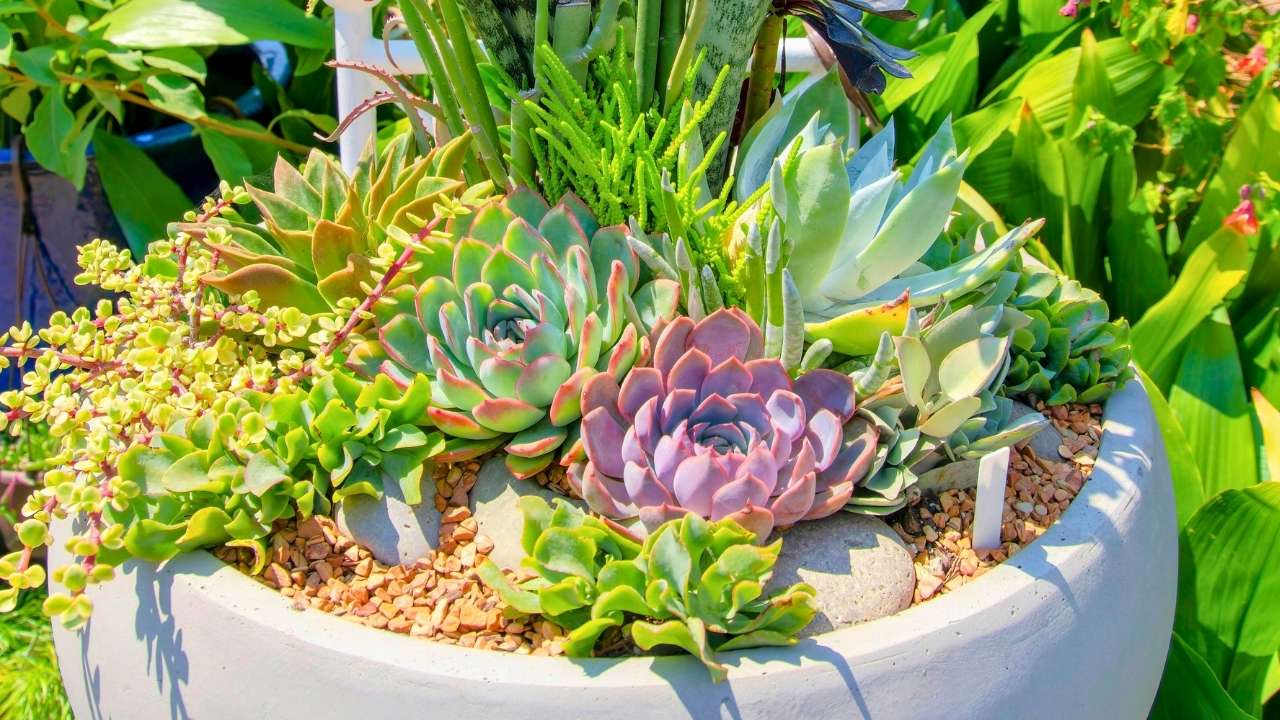
adding gravel or shards at the bottom does not improve drainage. it makes things worse.
water resists moving from fine soil to coarse gravel until the fine soil is completely saturated. as Dr. Linda Chalker-Scott explains, gravitational water will not move from a fine medium into a coarser one until the fine medium is saturated. think sponge on rocks. it doesn’t drip until it’s full.
what you actually do by adding a “drainage layer”
- shrink the volume of soil
- raise the pwt upward to sit on top of the gravel
- push saturation closer to the crown where damage is fastest
it’s not just physically wrong. it’s psychologically dangerous. people water more freely, thinking the gravel is a safety valve. it isn’t.
the slow disasters, up close
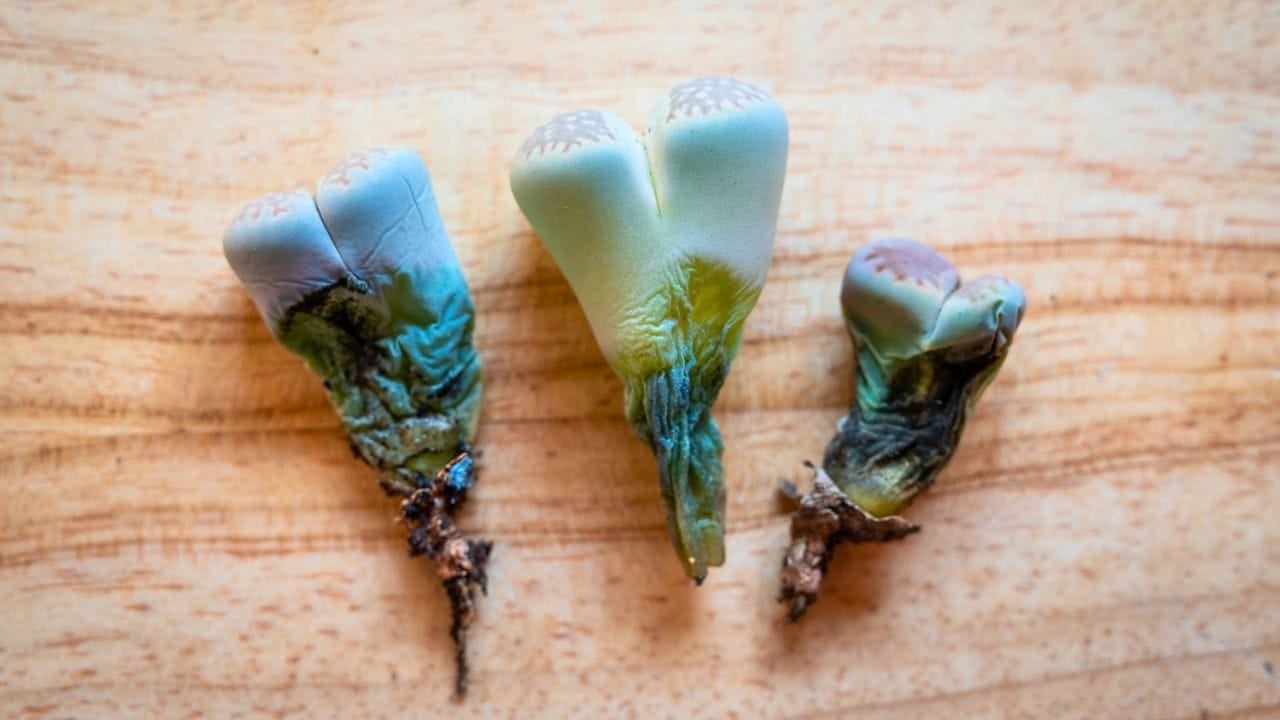
root rot: the fast lane to failure
- anaerobic bottoms kill fine feeder roots first.
- dead tissue invites pathogens like Pythium, Phytophthora, and bacteria such as Erwinia.
- infection climbs from tips to crown. by the time you see symptoms above soil, the party’s already over.
symptoms
yellowing, translucent, mushy leaves that slip off with a touch. soft, dark stem base. sour, swampy odor.
toxic salts: the quiet burn
- every watering deposits minerals. without leaching, the soil concentration climbs.
- once salts outside the root exceed salts inside, water moves out of the root by osmosis. roots desiccate while sitting in wet soil.
- symptoms mimic thirst: wilt, dull color, burned tips. most people water more and make it worse.
rot and salts feed each other. salt hurt roots pretend to be thirsty. you water. water lingers. rot blooms. repeat until collapse.
safer ways to keep the look you want
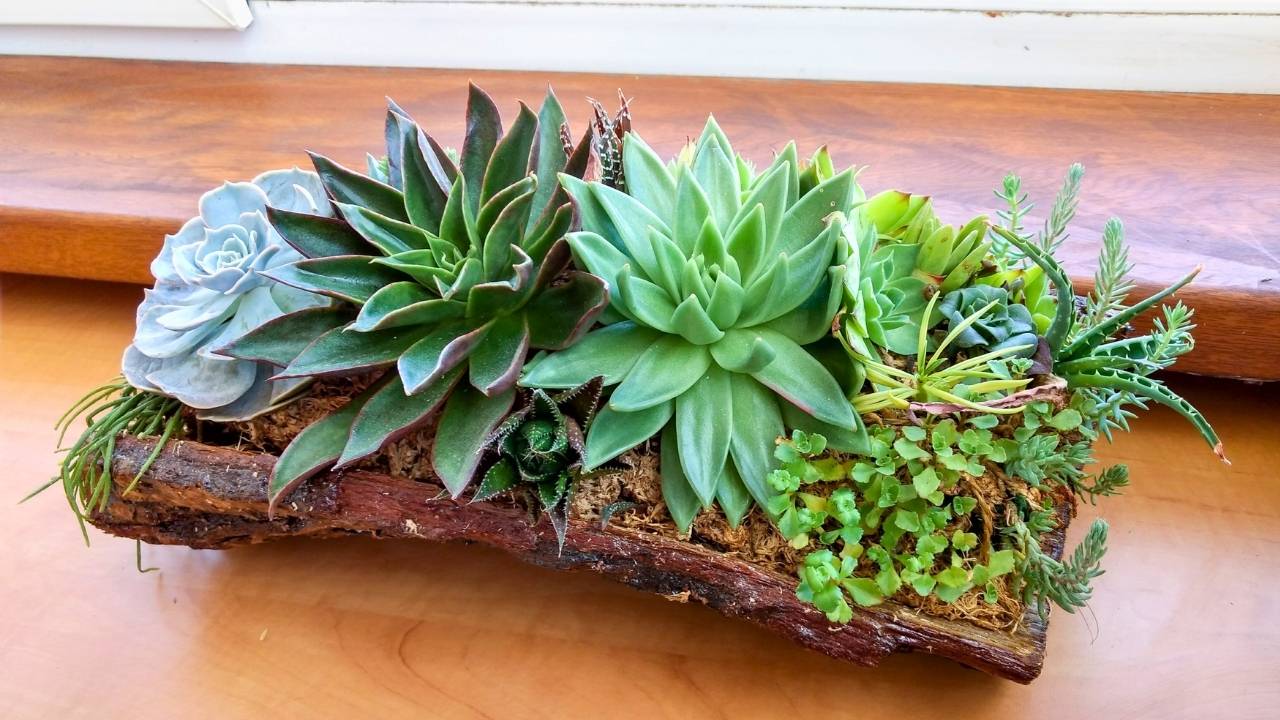
the cachepot system: pro move
keep the plant in a plastic nursery pot with drainage inside your sealed decorative container.
how to water
- lift out the inner pot.
- water thoroughly at a sink until it flows out the holes. salts leave with the runoff.
- let it stop dripping.
- return to the cachepot.
benefits
- no standing water under roots
- real salt flushing
- easy root checks
- lower stress for you and the plant
the simple fix: drill proper drainage
convert the pot. it’s easier than you think.
- glazed ceramic, porcelain, glass: diamond hole saw
- terracotta, concrete: masonry bit
- keep the site flooded with water as coolant
- start at a 45-degree angle to score, then tip to 90
- light pressure, let the bit do the work
- low-tech for unglazed clay: soak, then tap a nail through gently
still going sealed? here’s the high-risk protocol
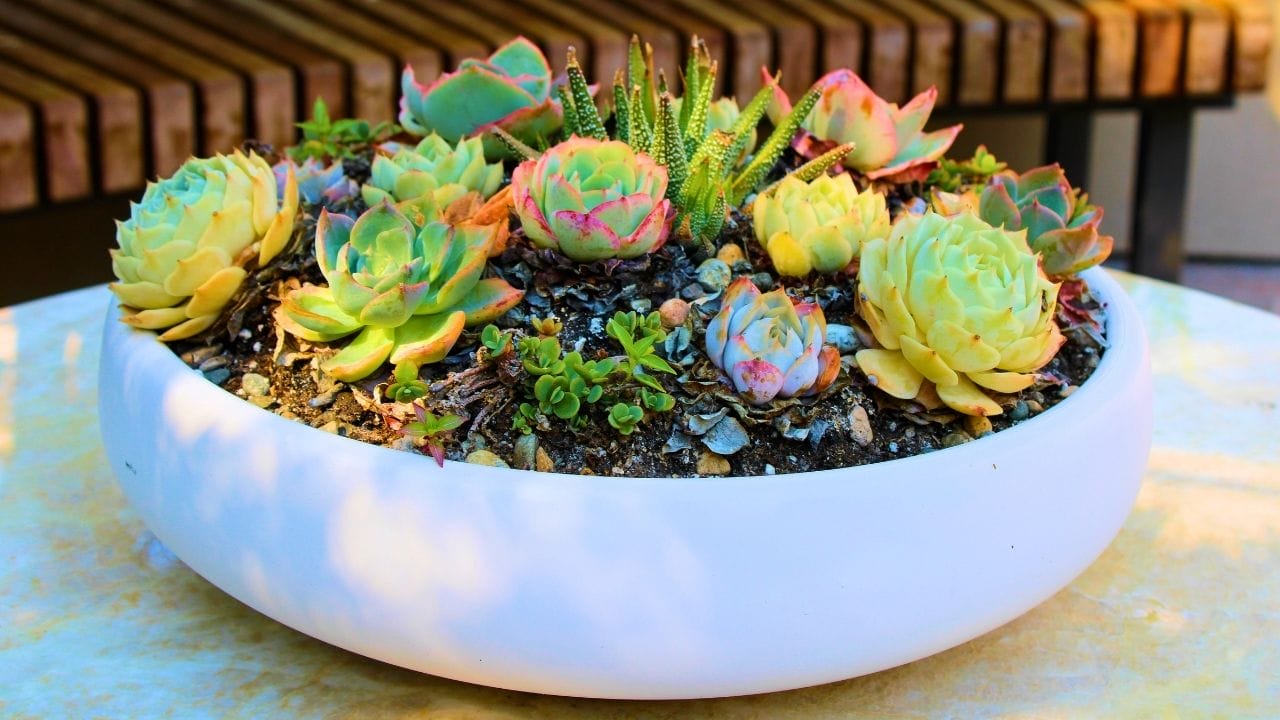
this is harm reduction, not a guarantee. use for short runs or if you like living on hard mode.
pick the right container
- material: unglazed terracotta or clay breathes a little and dries faster. glazed ceramic, plastic, glass trap moisture and heat. glass is worst.
- shape: taller and narrower beats short and wide. more aerated volume above the unavoidable pwt.
build the only mix that has a chance
your soil is now your drainage system. standard potting mix or most bagged “cactus” soils hold too much water.
target: large, uniform, coarse particles around 6 mm or 1/4 inch. big pores, fast air movement, minimal water retention.
two proven approaches
- three-part gritty mix: 1 part pine bark fines, 1 part Turface or similar calcined clay, 1 part crushed granite.
- mineral-heavy two-part: 2 parts pumice or perlite or very coarse sand, 1 part light organic like coir or a lean potting mix. never fine sand.
hand-squeeze test
moisten a handful. squeeze. it should fall apart immediately when you open your hand. if it clumps, it’s too fine.
planting
skip charcoal layers and skip gravel. fill with your gritty mix from bottom to top. set the plant, backfill, and leave it alone for a few days before the first light drink so any damaged roots can callus.
watering a sealed pot: precision or perish
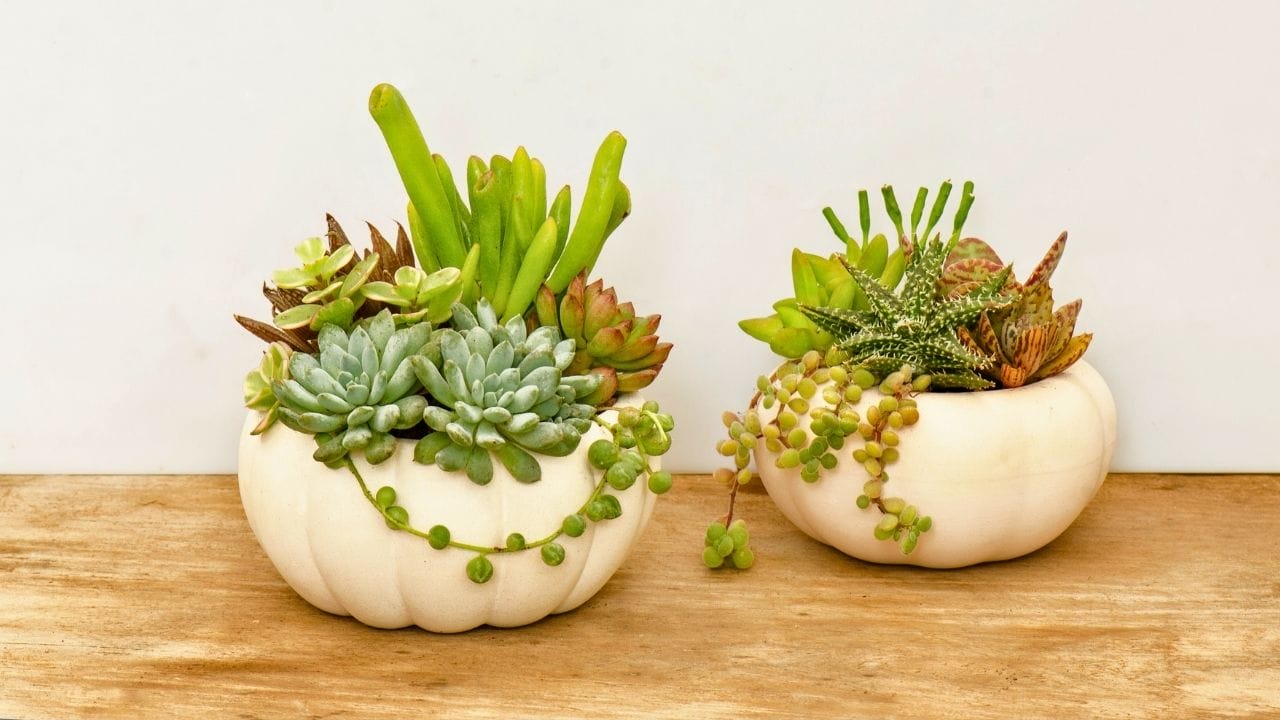
forget schedules. every drop must be earned.
how to apply
- water only the soil, not the crown or leaves.
- measure volume. use a syringe, squeeze bottle, or marked cup.
how much
start with about one-quarter to one-half of the soil volume. example: 4 cups of soil equals 1 to 2 cups of water. then adjust based on drying behavior and plant response.
when to water
only when the soil is bone dry from top to bottom.
reliable checks
- moisture meter: probe to the bottom. water only at the driest reading.
- wooden skewer test: push to the bottom and leave a few minutes. if it comes out darkened or with clinging soil, it’s still wet.
- pot weight: learn the dry weight over time.
skip the finger test. it lies after the first two inches.
environment controls the throttle
- light: brighter light drives faster water use. shade slows everything.
- temperature: hotter air means faster evaporation and transpiration.
- humidity: high humidity keeps soil wet longer. heated winter air dries it quickly.
- seasonality: many succulents slow down in winter. water monthly or less. some won’t need water for many weeks.
read the leaves like a pro
both overwatered and underwatered plants feel “soft,” but they speak different dialects.
| cue | thirst (underwatering) | excess water (overwatering) |
|---|---|---|
| leaf feel | soft, pliable, flexible, deflated | swollen then mushy, water-balloon texture |
| look | wrinkled, puckered | translucent or glassy, may blister or split |
| color | dull | yellowing to brown or black |
| attachment | stays on; lowest leaves may dry to a crisp before dropping | drops with the lightest touch while still plump |
| stem base | firm | soft, discolored, often brown or black |
note the trap: a plant with rotting roots can look thirsty. if you water and it does not firm up within a few days, assume root failure.
also normal: periodic reabsorption of a few bottom leaves. they wrinkle, then dry to paper. not a thirst signal.
emergency saves
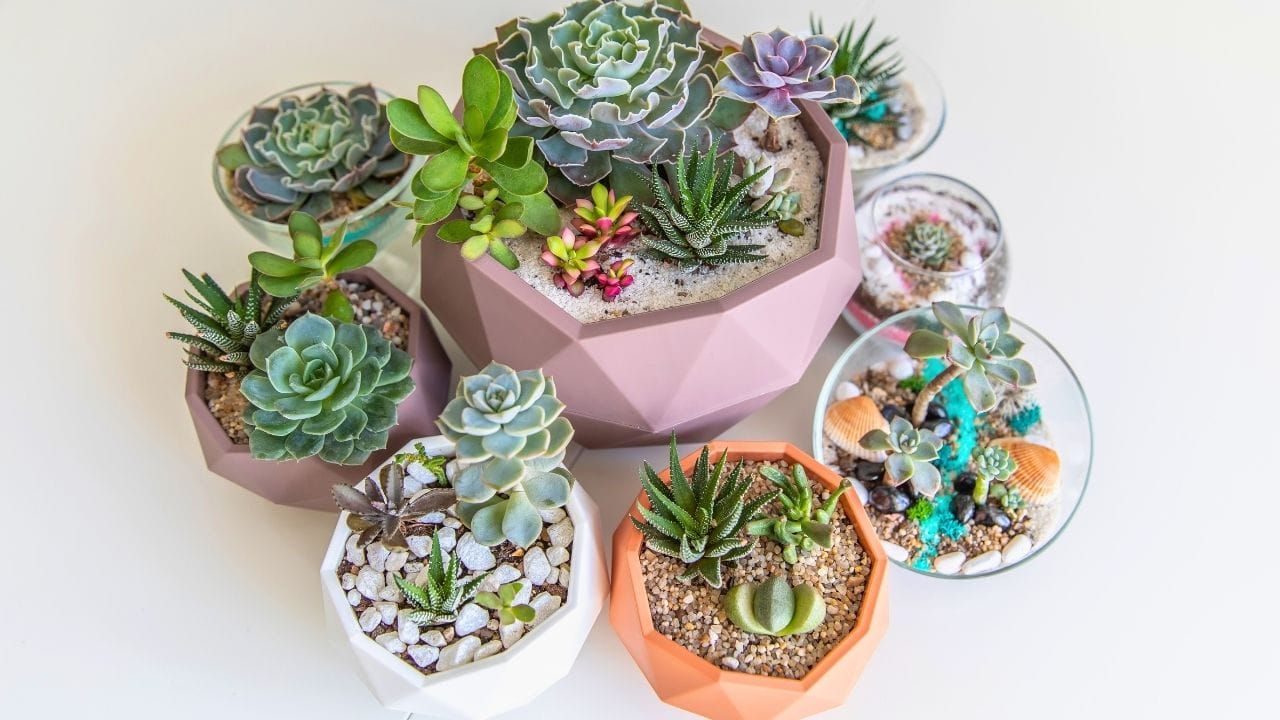
suspected root rot
- unpot and clean: remove all soil to see the damage. healthy roots are light and firm. rotten are dark, soft, smelly.
- cut hard: sterilize tools and remove every bit of rot back to clean tissue. disinfect between cuts.
- optional fungicide dip: use a labeled systemic per instructions.
- dry and callus: several days out of soil in dry shade with airflow.
- repot with drainage: fresh, gritty mix in a pot with holes. do not return to a sealed pot. wait a week before the first light watering.
suspected salt burn
you cannot leach a sealed pot. the fix is a full soil swap. unpot, remove as much soil as possible, and replant in fresh gritty mix. consider switching to a cachepot or drilling a hole to prevent repeat buildup.
plant choice matters
“succulent” covers a lot of ground. some genera tolerate brief mistakes a little better. others melt on contact with moisture.
relatively more tolerant
- Haworthia, Gasteria: tougher, tolerate lower light, still demand full dry-downs.
- Crassula ovata (jade), Sansevieria (snake plant): famously durable, yet basal rot is still a real risk in wet soil.
avoid in sealed pots
- Lithops and other mesembs like Fenestraria: specialized cycles. water at the wrong time and they split, then rot.
- delicate Echeveria species: farina-heavy types rot at the crown easily.
- fuzzy-leaved succulents (some Kalanchoe, Cotyledon): hairs trap moisture and encourage fungal issues.
| genus | relative tolerance | key note |
|---|---|---|
| haworthia | low | must dry completely between drinks |
| gasteria | low | similar to haworthia |
| crassula (jade) | low | adaptable, still rots if kept moist |
| sansevieria | low | drought champion, but crown rot happens in wet soil |
| echeveria | very low to extremely low | crown rot risk, farina species are touchy |
| cotyledon | extremely low | many are winter-sensitive, rot prone |
| lithops, fenestraria | do not attempt | highly specialized watering cycles |
the responsible recommendation
sealed pots fight plant physiology. the perched water table is unavoidable. the “drainage layer” is a myth that makes things worse. salt accumulation is guaranteed without leaching. rot is not a possibility. it is a timeline.
want the look without the casualties
- use a cachepot system so you can water to runoff and flush salts.
- or drill a hole and be done with the problem forever.
if you still go sealed, do it eyes open: tall, breathable pot, ultra-gritty mix, measured watering, ruthless patience, constant diagnostics. accept the chance of failure.
healthy succulents are simple when you honor the science. give them air around the roots, a way out for water, and the discipline to wait before you pour. that’s not dogma. that’s physics.
Davin is a jack-of-all-trades but has professional training and experience in various home and garden subjects. He leans on other experts when needed and edits and fact-checks all articles.
